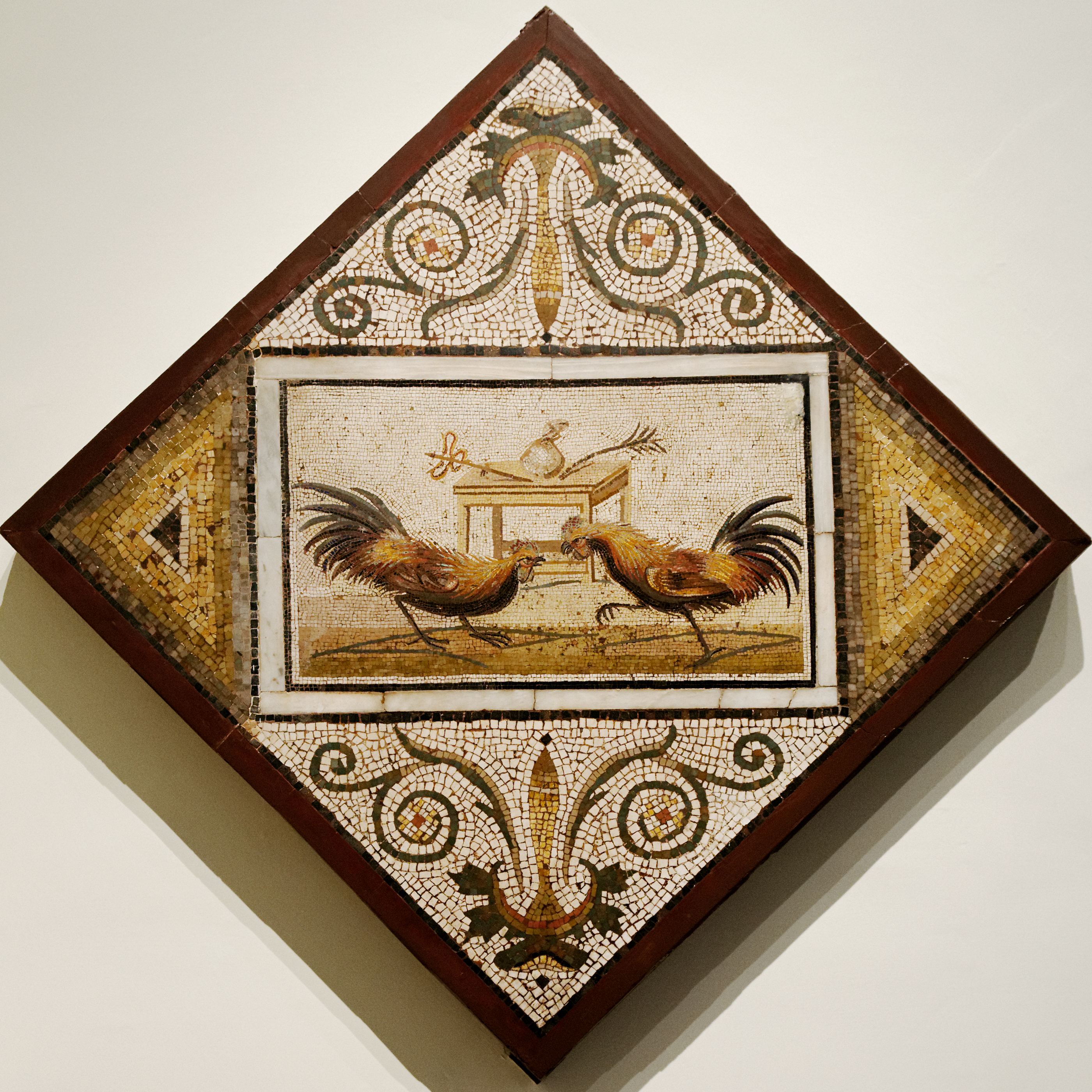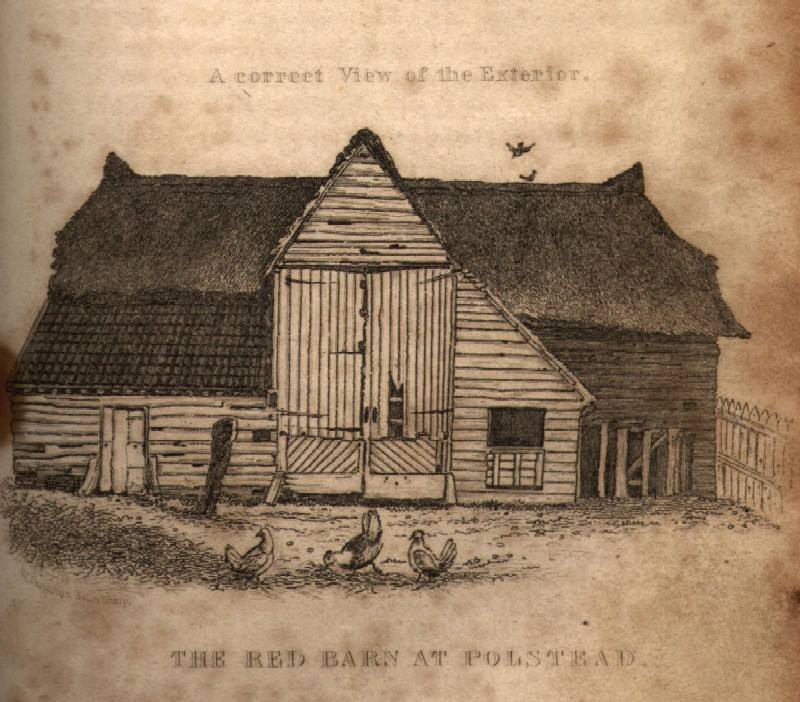|
Penny Gaff
A penny gaff was a form of popular entertainment for the lower classes in 19th-century England. It consisted of short, theatrical entertainments which could be staged wherever space permitted, such as the back room of a public house or small hall. Unsophisticated, the props and scenery rarely consisted of more than a stage and a piano. The lessee of the venue would often stand by the stage, calling out when each act should finish in an attempt to maximise the evening's revenue. Clowning, dancing, singing and plays were all featured in the penny gaffs. Easy to perform, well-known to the audience, and with simple exciting stories, the deeds of famous highwayman, highwaymen, robbers and murderers, such as those featured in ''The Newgate Calendar'' were popular subjects for the plays. The stories of the 18th-century robber Jack Sheppard, who escaped from prison on numerous occasions, and the gory Red Barn Murder were among the most enduring. Mangled versions of William Shakespeare's ... [...More Info...] [...Related Items...] OR: [Wikipedia] [Google] [Baidu] |
Rotunda Assembly Room
The Blackfriars Rotunda was a building in Southwark, near the southern end of Blackfriars Bridge across the River Thames in London, that existed from 1787 to 1958 in various forms. It initially housed the collection of the Leverian Museum after it had been disposed of by lottery. For a period it was home to the Surrey Institution. In the early 1830s it notoriously was the centre for the activities of the Rotunda radicals. Its subsequent existence was long but less remarkable. James Parkinson and the Leverian collection James Parkinson came into possession of the collection of Sir Ashton Lever quite by chance: Lever put it up as a lottery prize, Parkinson's wife bought two tickets, gave one away, and died before the time the lottery draw was carried out. Construction of the Rotunda After trying to run the museum in its old location in Leicester Square, but finding the rent too much, Parkinson with other investors put up the Rotunda Building; it was of his own design (along ... [...More Info...] [...Related Items...] OR: [Wikipedia] [Google] [Baidu] |
Cock Fight
Cockfighting is a blood sport involving domesticated roosters as the combatants. The first documented use of the word gamecock, denoting use of the cock as to a "game", a sport, pastime or entertainment, was recorded in 1634, after the term "cock of the game" used by George Wilson, in the earliest known book on the sport of cockfighting in ''The Commendation of Cocks and Cock Fighting'' in 1607. But it was during Ferdinand Magellan's voyage of discovery of the Philippines in 1521 when modern cockfighting was first witnessed and documented for Westerners by the Italian Antonio Pigafetta, Magellan's chronicler, in the Kingdom of Taytay. The gamecocks (not to be confused with game birds) are specially bred and conditioned for increased stamina and strength. Male and female chickens of such a breed are referred to as gamefowl. Cocks are also bred to be aggressive towards other males of their species. Wagers are often made on the outcome of the match, held in a ring called a ... [...More Info...] [...Related Items...] OR: [Wikipedia] [Google] [Baidu] |
British One Penny Coin (pre-decimal)
The British pre-decimal penny was a denomination of sterling coinage worth of one pound or of one shilling. Its symbol was ''d'', from the Roman denarius. It was a continuation of the earlier English penny, and in Scotland it had the same monetary value as one pre-1707 Scottish shilling, thus the English penny was called in Scottish Gaelic. The penny was originally minted in silver, but from the late 18th century it was minted in copper, and then after 1860 in bronze. The plural of "penny" is "pence" (often added as an unstressed suffix) when referring to an amount of money, and "pennies" when referring to a number of coins. Thus 8''d'' is eightpence or eight pence, but "eight pennies" means specifically eight individual penny coins. Before Decimal Day in 1971, sterling used the Carolingian monetary system (£sd), under which the largest unit was a pound (£) divisible into 20 shillings (s), each of 12 pence (d). The pre-decimal penny was demonetised on 1 September 197 ... [...More Info...] [...Related Items...] OR: [Wikipedia] [Google] [Baidu] |
Missionary
A missionary is a member of a Religious denomination, religious group who is sent into an area in order to promote its faith or provide services to people, such as education, literacy, social justice, health care, and economic development.Thomas Hale 'On Being a Missionary' 2003, William Carey Library Pub, . In the Bible translations into Latin, Latin translation of the Bible, Jesus, Jesus Christ says the word when he sends the disciples into areas and commands them to preach the gospel in his name. The term is most commonly used in reference to Christian missions, but it can also be used in reference to any creed or ideology. The word ''mission'' originated in 1598 when Jesuits, the members of the Society of Jesus sent members abroad, derived from the Latin (nominative case, nom. ), meaning 'act of sending' or , meaning 'to send'. By religion Buddhist missions The first Buddhist missionaries were called "Dharma Bhanaks", and some see a missionary charge in the symbolism ... [...More Info...] [...Related Items...] OR: [Wikipedia] [Google] [Baidu] |
British Threepence Coin
The British threepence piece, usually simply known as a threepence, ''thruppence'', or ''thruppenny bit'', was a denomination of sterling coinage worth of one pound or of one shilling. It was used in the United Kingdom, and earlier in Great Britain and England. Similar denominations were later used throughout the British Empire and Commonwealth countries, notably in Australia, New Zealand and South Africa. The sum of three pence was pronounced variously , or , reflecting different pronunciations in the various regions of the United Kingdom. The coin was often referred to in conversation as a , or bit. Before Decimal Day in 1971, sterling used the Carolingian monetary system, under which the largest unit was a pound divided into 20 shillings, each of 12 pence. The brass threepence coin was withdrawn in 1971 due to decimalisation and replaced by the decimal new penny, with 2.4''d'' being worth 1p. Early threepences The three-pence (3d) coin first appeared in Eng ... [...More Info...] [...Related Items...] OR: [Wikipedia] [Google] [Baidu] |
Twopence
The British twopence (2''d'') ( or ) coin was a denomination of sterling coinage worth two pennies or of a pound. It was a short-lived denomination in copper, being minted only in 1797 by Matthew Boulton's Soho Mint. These coins were made legal tender for amounts of up to one shilling by a proclamation of 26 July 1797. Short-lived twopence coins in silver were also minted in 1817, 1818 and 1820. Twopence coins were made redundant in 1860 with the advent of bronze coinage. The twopence was the largest and heaviest copper coin to circulate across Britain, and second largest and heaviest coin in British circulation after emergency money issued locally under Charles I. History The minting of silver pennies for general circulation was halted by the British government in 1660, because the cost of silver had risen too high. By the late 18th century this policy had caused a deficiency in the number of circulating pennies, and many merchants and mining companies had taken to issuin ... [...More Info...] [...Related Items...] OR: [Wikipedia] [Google] [Baidu] |
London
London is the Capital city, capital and List of urban areas in the United Kingdom, largest city of both England and the United Kingdom, with a population of in . London metropolitan area, Its wider metropolitan area is the largest in Western Europe, with a population of 14.9 million. London stands on the River Thames in southeast England, at the head of a tidal estuary down to the North Sea, and has been a major settlement for nearly 2,000 years. Its ancient core and financial centre, the City of London, was founded by the Roman Empire, Romans as Londinium and has retained its medieval boundaries. The City of Westminster, to the west of the City of London, has been the centuries-long host of Government of the United Kingdom, the national government and Parliament of the United Kingdom, parliament. London grew rapidly 19th-century London, in the 19th century, becoming the world's List of largest cities throughout history, largest city at the time. Since the 19th cen ... [...More Info...] [...Related Items...] OR: [Wikipedia] [Google] [Baidu] |
Joseph Merrick
Joseph Carey Merrick (5 August 1862 – 11 April 1890) was an English man known for his severe physical deformities. He was first exhibited at a freak show under the stage name "The Elephant Man", and then went to live at the London Hospital, in Whitechapel, after meeting the surgeon Sir Frederick Treves. Despite his challenges, Merrick created detailed artistic works, such as intricate models of buildings, and became well known in London society. Merrick was born in Leicester and began to develop abnormally before the age of five. His mother died when he was eleven, and his father soon remarried. Rejected by his father and stepmother, he left home and went to live with his uncle, Charles Merrick. In 1879, 17-year-old Merrick entered the Leicester Union Workhouse. In 1884, he contacted a showman named Sam Torr and proposed that he might be exhibited. Torr arranged for a group of men to manage Merrick, whom they named "the Elephant Man". After touring the East Midlands, Merrick ... [...More Info...] [...Related Items...] OR: [Wikipedia] [Google] [Baidu] |
William Shakespeare
William Shakespeare ( 23 April 1564 – 23 April 1616) was an English playwright, poet and actor. He is widely regarded as the greatest writer in the English language and the world's pre-eminent dramatist. He is often called England's national poet and the "Bard of River Avon, Warwickshire, Avon" or simply "the Bard". His extant works, including William Shakespeare's collaborations, collaborations, consist of some Shakespeare's plays, 39 plays, Shakespeare's sonnets, 154 sonnets, three long narrative poems and a few other verses, some of uncertain authorship. His plays List of translations of works by William Shakespeare, have been translated into every major modern language, living language and are performed more often than those of any other playwright. Shakespeare remains arguably the most influential writer in the English language, and his works continue to be studied and reinterpreted. Shakespeare was born and raised in Stratford-upon-Avon, Warwickshire. At the age of 18 ... [...More Info...] [...Related Items...] OR: [Wikipedia] [Google] [Baidu] |
Red Barn Murder
The Red Barn Murder was an 1827 murder in Polstead, Suffolk, England. A young woman, Maria Marten, was shot dead by her lover William Corder at the Red Barn, a local landmark. The two had arranged to meet before eloping to Ipswich. Corder sent letters to Marten's family claiming that she was well, but after her stepmother spoke of having dreamed that Maria had been murdered, her body was discovered in the barn the next year. Corder was located in London, where he had married. He was returned to Suffolk and found guilty of murder in a well-publicised trial. In 1828, he was hanged at Bury St Edmunds in an execution witnessed by a huge crowd. The story provoked numerous newspaper articles, songs and plays. The village where the crime had taken place became a tourist attraction and the barn was stripped by souvenir hunters. Plays, ballads and songs about the murder remained popular throughout the next century and continue to be performed today. Murder Maria Marten (born 24 July ... [...More Info...] [...Related Items...] OR: [Wikipedia] [Google] [Baidu] |







